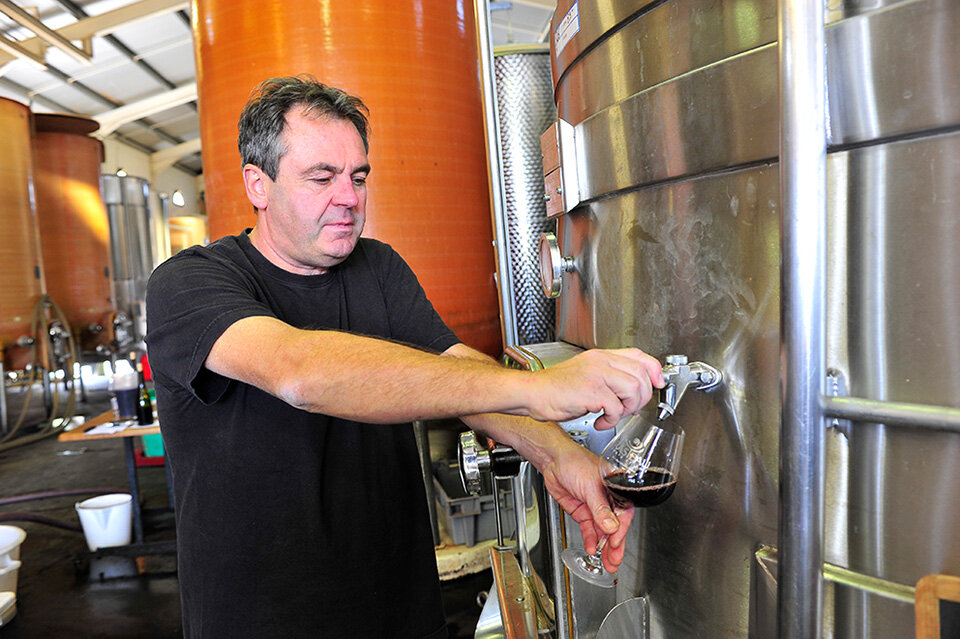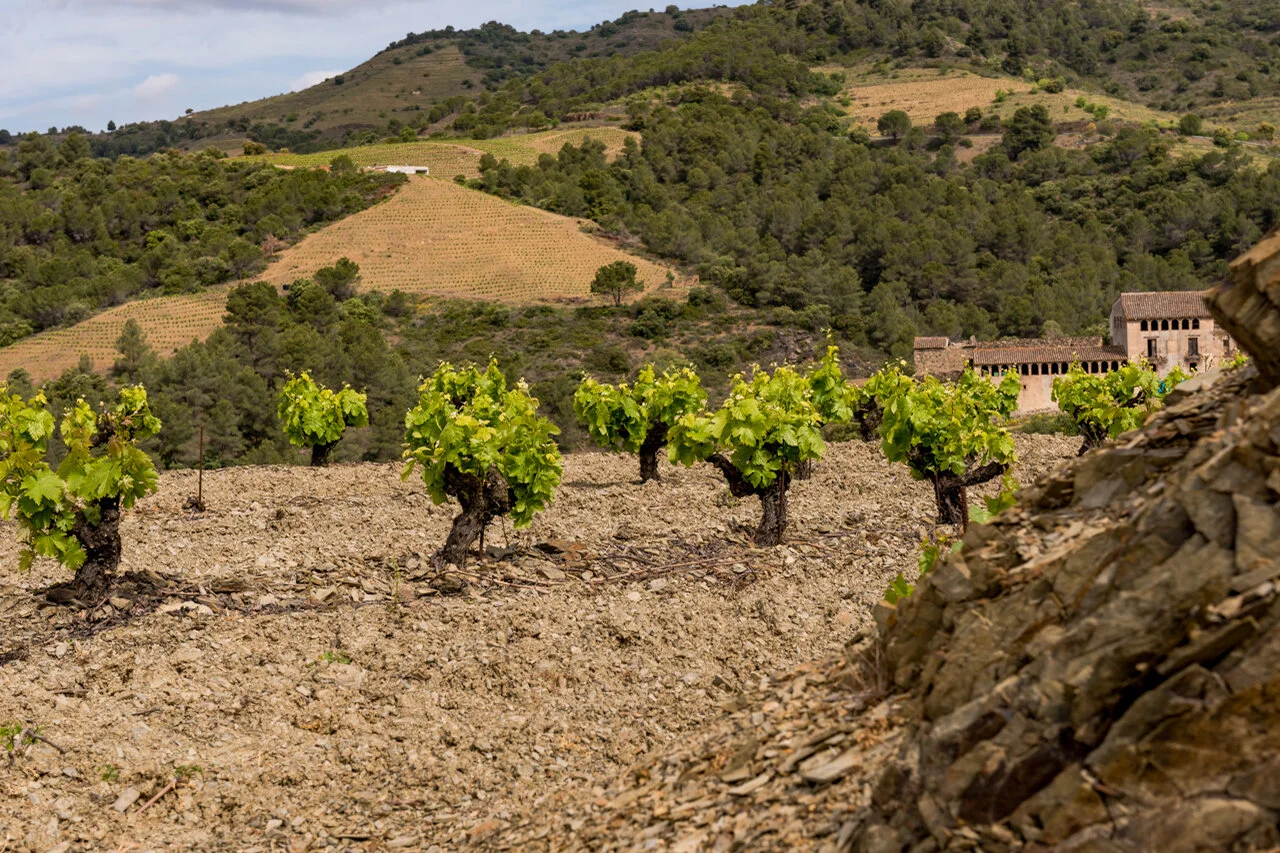VinoWeek - Episode 58 - How Covid - 19 Affects Us
/Bill and I have been on a brief hiatus. Let’s just say we have been adjusting to a new way of living our lives during the coronavirus pandemic. Walking into a wine retailer or visiting a winery tasting room has not been an option for us so in this podcast we spend some time talking about how and where we are buying our adult beverages. We both are certainly consuming more alcohol since the start of pandemic. Have your drinking habits changed? Are you purchasing more products on line?
If you own a winery how do you protect your staff and your customers against coronavirus? Michael Alberty pens a piece for The Oregonian that explains how Willamette Valley Vineyards is planning to tackle the virus.
What is corked wine? How do you recognize it and what’s the process to follow if you discover you have a bottle of wine that is corked?
Eric Asimov writes a piece for the New York Times surveying how wineries faced with marketing disruptions are seeking new innovative ways to keep the cash flowing.
Bill and I discuss these items and more in this week's addition of VinoWeek. Thanks to everyone for listening. Cheers!
We have two wine recommendations this week. The first is a rare white wine from the DOC Colli Tortonesi (the hills of Tortona). Tortona is a commune of south-east Piedmont, in the Province of Alessandria in north-western Italy. Piedmonte is most noteworthy for it’s noble reds Barolo and Barbaresco. The white wines of Asti (Asti Spumante) and Gavi have their avid followers too. The 2017 Derthona Timorasso is produced by Boveri Luigi. The Azienda Agricola (farm) is owned by Luigi and Germana Boveri. Originally focused on grain production the family embraced viticulture in the mid nineties and now are solely focused on winemaking.
The rare white wine they make from the Timorasso grape has been recently rediscovered. The man responsible for the rediscovery is Walter Massa. After World War II, native varietal wines like Timorasso were overshadowed and forgotten as winemakers rushed to produce simple, uniform, high profit wines. Massa was discovered by the wine cognoscenti in 2000 and received much praise for a barrique- aged Barbera he had made. Wine writers happened upon some of the small lots of Timorasso that Walter was experimenting with and began spreading the word of the quality of those wines too. Neighboring growers took notice of Massa’s success with Timorasso and followed his lead. Even though Timorasso has been redeemed, today the area planted to the thick-skinned variety covers just 175 acres, hence its rarity.
Derthona is the latin name for the city of Tortona. Boveri’s Derthona Timorasso is planted on the hills of Costa Vescovato, composed of 70% clay limestone and 30% marly limestone. The grapes are hand harvested and once they are crushed they are allowed to macerate for 48 to 60 hours on the skins. Luigi does this to add more depth and texture to the wine. The maceration and soft pressing is followed by a native yeast fermentation and the 100% Timorasso wine is held on the lees in stainless steel tanks for one year. Periodically throughout the year the wine receives battonage. After bottling the wine is held for one year before release.
Following 2016, the 2017 grape growing season faced a difficult start as early frost cut yields throughout the region of Piedmont. Drought conditions were present and a heatwave near the end of the ripening cycle made for a chaotic harvest. Luigi’s Derthona is bright straw yellow in color with tinges of green. Aromas of white peach, grapefruit, meyer lemon and white flowers greet you on the nose. If I had to use one word for the mouth feel I’d say savory. This wine is full bodied at 14% alcohol so it packs a punch. Intense and focused with white peach, beeswax and mineral notes the wine has good depth and richness. Drink now, but know that Timorasso can age well too so you don’t have to worry about losing one in your wine stash. The 2017 is showing well now, but I’m betting it will improve over the next two to four years and beyond. $19 buy it here.
Our second recommendation is the Darby Winery 2014 Dark Side Syrah. Darby English started making wine in a basement in 2002. A Seattle native he attended Oregon State University on a golf scholarship. Lucky for us he switched from golfing to winemaking. Darby’s first commercial release was in 2005. Today he produces 4,000 cases of Bordeaux Blends, Rhone Varietal and single vineyard wines. These are small production wines, typically 400 or less cases for each bottling. Darby sources his grapes for the Dark Side Syrah from the Columbia Valley. Columbia Valley is Washington’s largest viticultural region with 50,000 acres of planted vineyards. It contains 99% of the grapes grown in the state. Darby buys grapes from Dineen Vineyard in lower Yakima Valley, Discovery Vineyard in Horse Heaven Hills, and Stone Tree in the Wahluke Slope, all sub-regions of the Columbia Valley. After harvesting the grapes are trucked over the Cascade Mountain Range to the winery in Woodinville. The wine is aged for 18 months in 600 liter neutral French oak puncheons.
The Dark Side
Beautifully integrated fruit, enjoy it now or hold it for several more years.
In the glass the color is medium ruby. The nose exhibits black and blue fruit, black pepper, licorice and a hint of grilled meat. The wine has an incredible balance of acids and tannins. On the palate loads of black fruit, spice and a velvety finish. 14.7%alc I don’t believe the 2014 Dark Side is available anymore as the new vintage on the website shows the 2017 at $28 a bottle. Buy it here.














